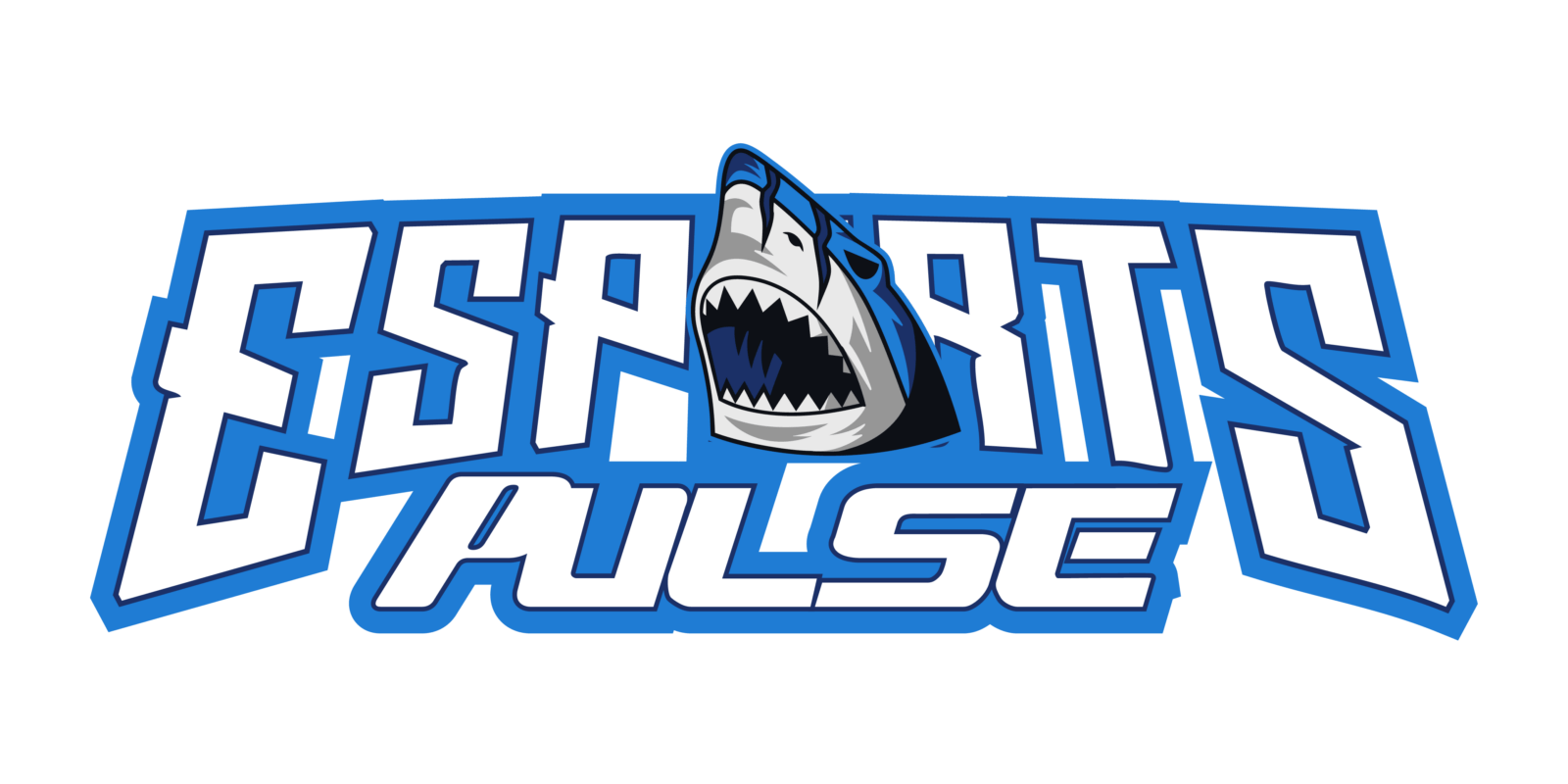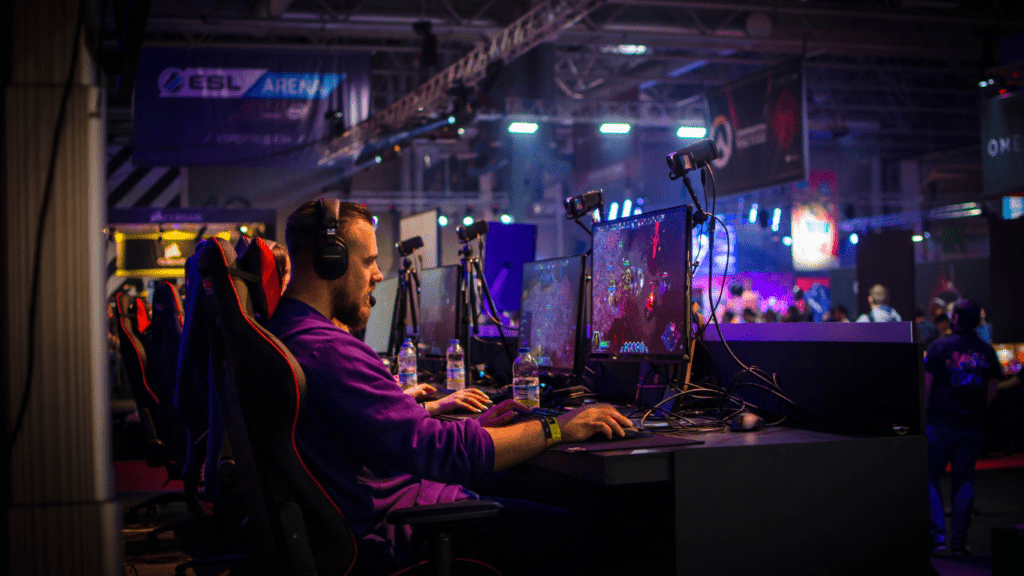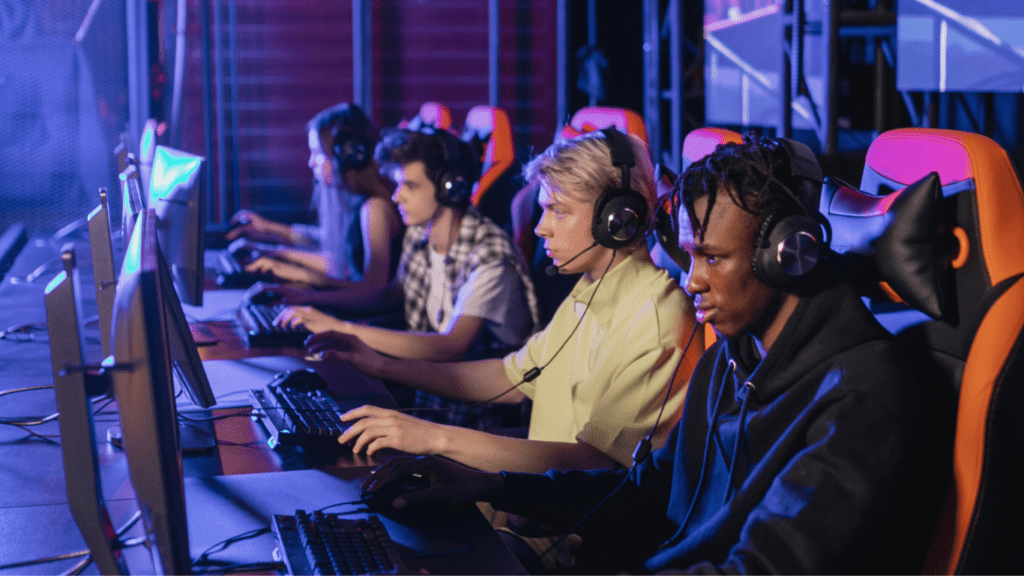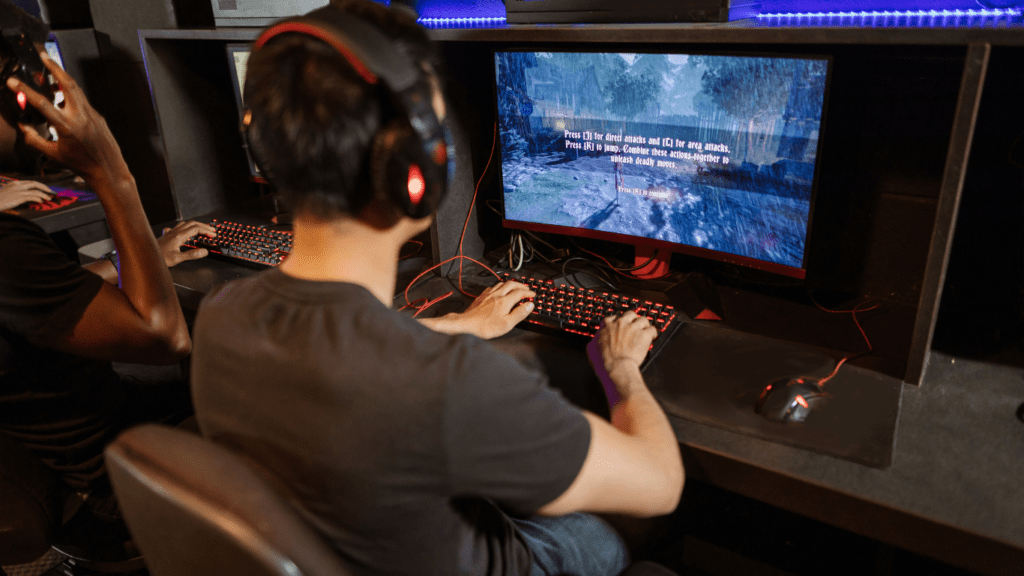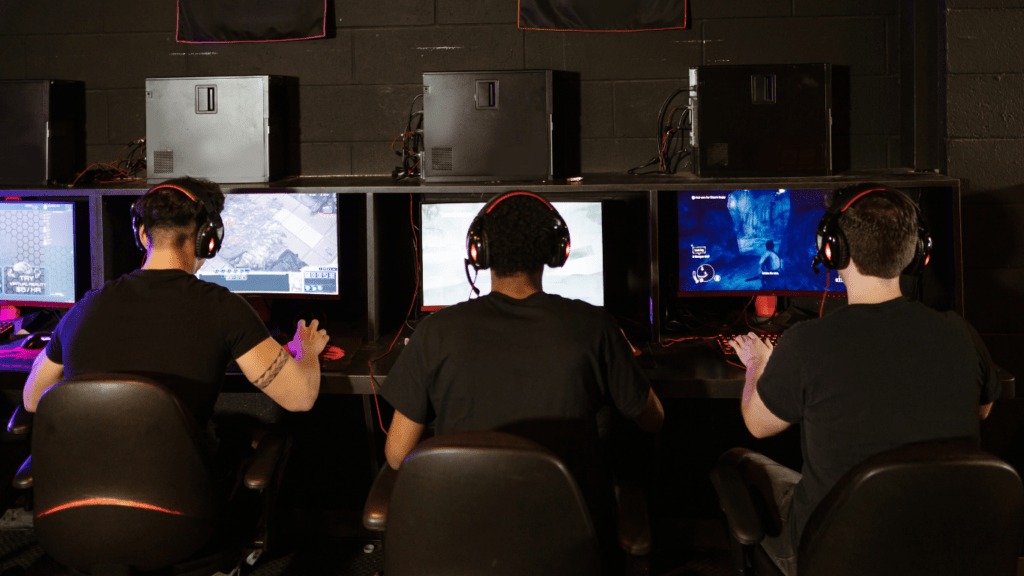Competitive gaming isn’t just about quick reflexes or a love for the game—it’s a discipline that demands strategy, precision, and relentless practice. I’ve seen how the pros elevate their skills, and it’s not just talent; it’s their dedication to structured routines and targeted drills that sets them apart. Whether you’re aiming to climb the ranks or dominate tournaments, training like a pro can transform your gameplay.
The Importance Of Training Like A Pro
Professional training in competitive gaming enhances consistency, builds confidence, and sharpens in-game responsiveness. Achieving high-level performance relies on structured practice that replicates tournament scenarios. Without deliberate routines, skill stagnation often limits growth.
Targeted drills amplify specific abilities like:
- reaction time
- precision
- communication under pressure
For example, FPS players use aim trainers to refine shooting accuracy, while MOBA players focus on executing optimal rotations. These activities streamline core mechanics crucial in competitive settings.
Mental conditioning also plays a vital role. Top gamers develop resilience and adapt quickly during high-stakes matches. Through repetitive high-intensity sessions, players improve decision-making speed and reduce errors during critical moments. Competitive experience, paired with a solid training regimen, bridges the gap between casual play and professional-level performance.
Practice Routines For Competitive Gamers
Structured practice routines create the foundation for consistent improvement in competitive gaming. Each routine should target specific areas of gameplay to strengthen core skills and maximize performance.
Daily Warm-Up Drills
Effective warm-up drills prepare the mind and body for focused gameplay. I prioritize 10-15 minutes of aiming exercises, such as using aim trainers or practicing with in-game modes. These help refine accuracy and hand-eye coordination. Movement drills, like strafing or practicing advanced maneuvers, ensure mechanical control stays sharp. Including quick matches or custom lobbies helps transition into full gameplay while maintaining readiness.
Improving Reflexes And Reaction Time
Reflex and reaction time enhancement requires tailored exercises. I use reaction timers and high-paced scenarios to simulate in-game decisions under pressure. FPS players benefit from flick-shot drills or tracking exercises. Others can engage in challenge modes to increase adaptability. Implementing tools like metronomes or rhythm-based training sharpens timing and precision when milliseconds make a difference.
Building Communication Skills With Team Drills
- Team drills strengthen coordination and group synergy.
- Setting up scrimmages with structured objectives ensures consistent communication.
- I focus on callout accuracy, concise direction sharing, and role responsibility.
- Post-match reviews with team members clarify areas needing adjustment, helping improve error correction and quick decision-making during pressure situations.
- Regular sessions enhance collaboration and build trust across teammates.
Strategy Drills To Enhance Gameplay

Strategic drills are essential for building advanced skills in competitive gaming. I focus on exercises that improve map control, adaptability, and decision-making to gain a competitive edge.
Mastering Map Control And Awareness
Understanding the map layout and leveraging it during gameplay is crucial. I practice drills that involve navigating through maps to memorize spawn points, choke points, and high-traffic areas. Time trials improve my ability to traverse key routes quickly, while custom matches help me pinpoint optimal locations for cover and ambush. I combine this with positional analysis to anticipate enemy movements and secure control in high-stakes scenarios.
Adapting To Opponents’ Tactics
Adjusting strategies based on opponents’ gameplay requires consistent practice. I run situational drills where I simulate diverse strategies such as aggressive pushes, defensive holds, or split-map control. These drills are paired with dynamic scenarios, forcing me to adapt to unexpected tactics like baiting or flanking. Scrimmages against varied playstyles fine-tune my mental agility and enable me to counter evolving threats during matches.
Analyzing Game Replays For Improvement
Breaking down previous matches is vital for identifying weaknesses and refining strategies. I review game replays to evaluate my positioning, ability usage, and response during critical moments. Slow-view analysis reveals patterns in mistakes, while team sessions allow me to spot gaps in coordination. Reviewing successful plays helps me reinforce effective strategies and replicate high-performance actions in future games.
Tools And Resources For Pro-Level Training
Competitive gaming demands using efficient tools and resources to enhance skills and maintain consistency. Accessing the right training software and equipment is critical for achieving professional performance levels.
Training Software And Platforms
Incorporating specialized software refines key gaming skills like precision and decision-making. Aim trainers such as Aim Lab and Kovaak’s enable players to improve accuracy and reaction times through customizable scenarios. Platforms like GamerSensei and Metafy connect players with professional coaches for guided development and strategy insights. Reputable replay-analysis tools, including Outplayed and Insights.gg, help identify weaknesses and fine-tune gameplay strategies effectively.
Competitive matchmaking systems, such as FACEIT and ESEA, provide a higher standard of gameplay by offering ranked matches, thus fostering adaptability and teamwork under real tournament-like conditions. Using analytical tools like Mobalytics for MOBA games or Tracker.gg for FPS games supports data-driven performance improvement by highlighting areas for growth.
Recommended Gear For Competitive Gaming
Professional-grade gear improves control, responsiveness, and comfort during extended gameplay. Equipments like high-DPI gaming mice, such as Logitech G Pro X Superlight or Razer Viper Ultimate, ensure precision. Mechanical keyboards with rapid-actuation switches, like SteelSeries Apex Pro or Corsair K70 RGB, enhance reaction speed.
High-refresh-rate monitors, such as ASUS ROG Swift (360Hz) or Alienware AW2521H, reduce input lag and offer fluid visuals crucial for competitive play. Comfortable gaming headsets like HyperX Cloud II or SteelSeries Arctis Pro deliver high-quality spatial audio, essential for detecting in-game sound cues. Ergonomic chairs and desks also support posture and prevent fatigue during training sessions.
